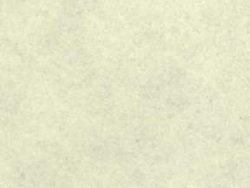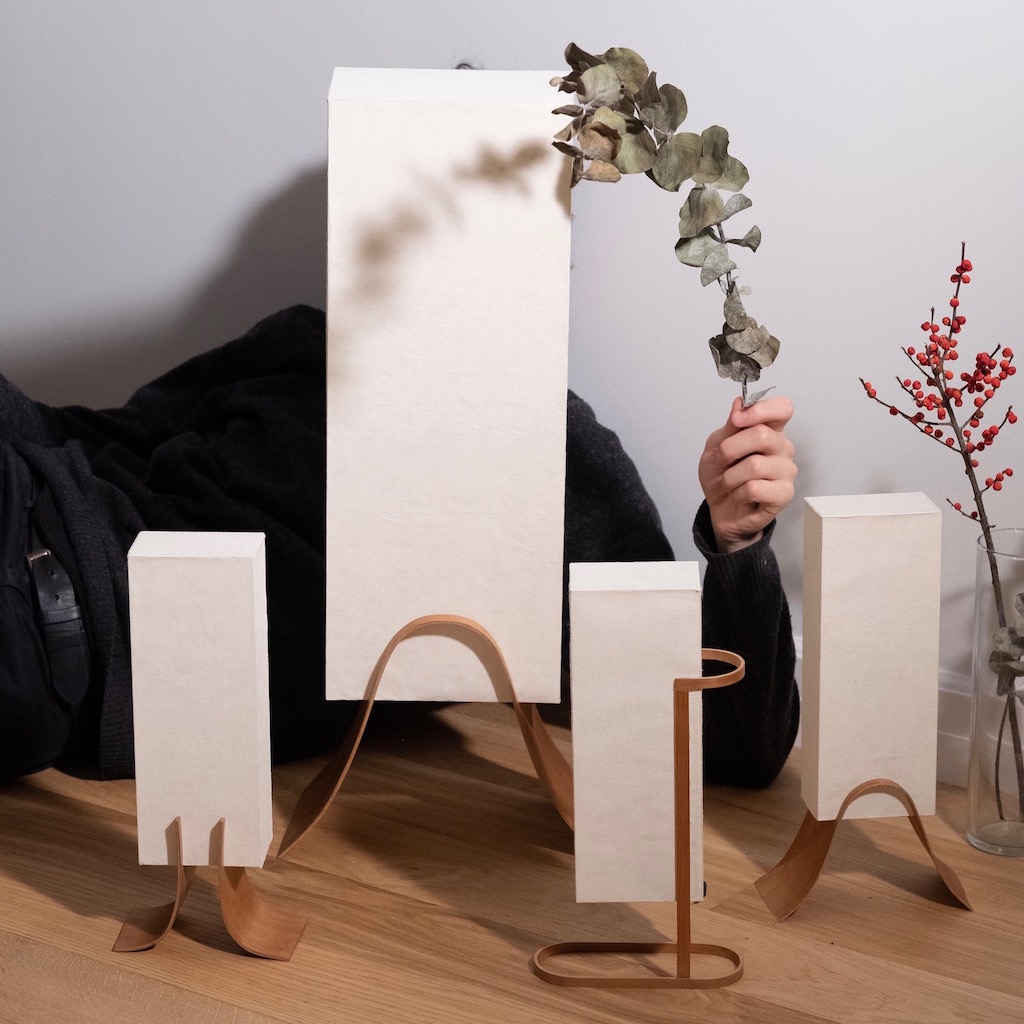Materials
Cherry Wood

Cherry has a rich pinkish red color that compliments warm colored papers. Some lamps use laminated veneer and others use hardwood. The veneer is steam bent while the thicker hardwood requires a method called 'Extreme Wood Bending' to create tight curves.
Washi Paper

A Washi paper called Okawara has subtle and warm natural colors that balance with cherry wood and white walls. Both handmade and machine made Okawara papers are used. Okawara Paper is made of kozo fibers and sulfite.
LED's

LED strips are used in all lamps. LED's are a long lasting, energy-efficient lighting method that can last up to 50,000 hours - 42 times longer than incandescent bulbs and 13 times longer than halogen bulbs. They allow the boxes to be evenly lit.
Acrylic

Polished acrylic boxes, often used in museum display cases, provide the structure and shape of the box and prevent the paper from ripping or tearing. Paper is attached directly to the outside. Polished edges ensure even transparency throughout.
